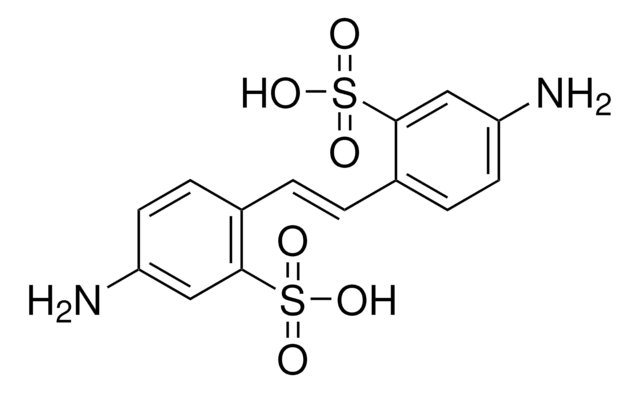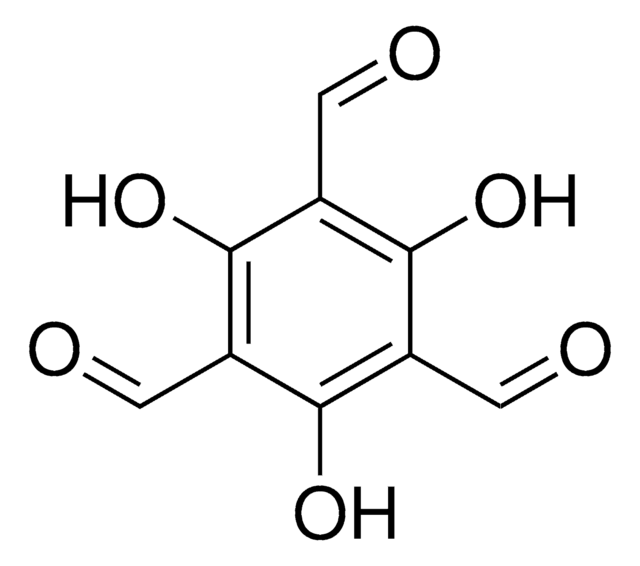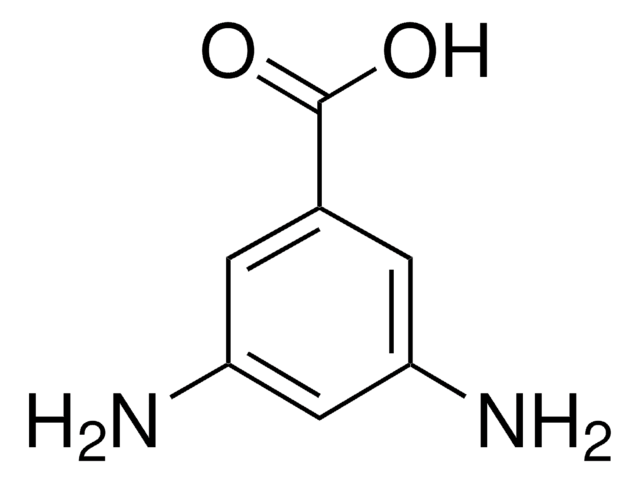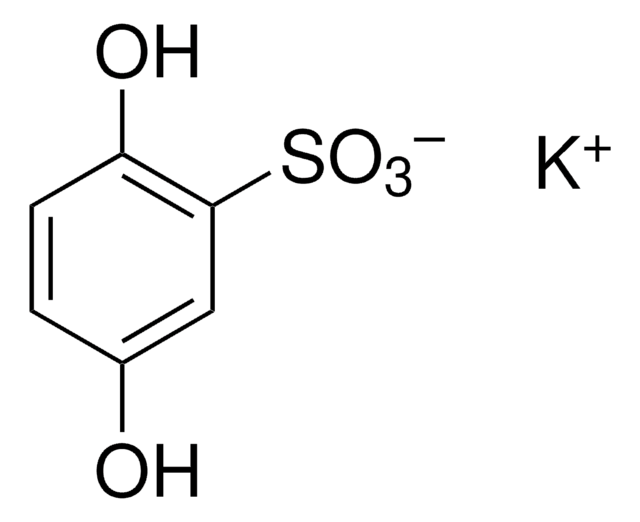All Photos(1)
About This Item
Empirical Formula (Hill Notation):
C6H8N2O3S
CAS Number:
Molecular Weight:
188.20
Beilstein:
2694057
EC Number:
MDL number:
UNSPSC Code:
12352100
PubChem Substance ID:
NACRES:
NA.22
Recommended Products
Assay
≥98.0% (T)
form
powder
mp
260-266 °C (dec.)
functional group
sulfonic acid
SMILES string
Nc1ccc(c(N)c1)S(O)(=O)=O
InChI
1S/C6H8N2O3S/c7-4-1-2-6(5(8)3-4)12(9,10)11/h1-3H,7-8H2,(H,9,10,11)
InChI key
JVMSQRAXNZPDHF-UHFFFAOYSA-N
Looking for similar products? Visit Product Comparison Guide
General description
2,4-Diaminobenzenesulfonic acid is an sulfonated aromatic amine and its aerobic biodegradation was reported.
Application
2,4-Diaminobenzenesulfonic acid was used in preparation of series of sulfonated homo- and random co-polyimides.
Signal Word
Warning
Hazard Statements
Precautionary Statements
Hazard Classifications
Eye Irrit. 2 - Skin Irrit. 2 - Skin Sens. 1
Storage Class Code
11 - Combustible Solids
WGK
WGK 2
Flash Point(F)
Not applicable
Flash Point(C)
Not applicable
Personal Protective Equipment
dust mask type N95 (US), Eyeshields, Gloves
Choose from one of the most recent versions:
Already Own This Product?
Find documentation for the products that you have recently purchased in the Document Library.
[Toxicity of several derivatives of aromatic amines].
A A Silaev et al.
Meditsina truda i promyshlennaia ekologiia, (10)(10), 36-40 (1996-01-01)
Iñigo Díez-García et al.
Polymers, 11(7) (2019-07-25)
This research work was focused on the incorporation of TiO2 nanoparticles into synthesized solvent-free waterborne poly(urethane-urea) (WPUU) based on hydrophilic poly(ethylene oxide) (PU0) in order to improve both the mechanical properties and self-healing effectiveness of a polymer matrix. The incorporation
Synthesis and characterization of sulfonated homo-and co-polyimides based on 2, 4 and 2, 5-diaminobenzenesulfonic acid for proton exchange membranes.
Deligoz H, et al.
Polymers For Advanced Technologies, 19(12), 1792-1802 (2008)
A Ghaee et al.
Environmental technology, 38(6), 772-781 (2017-02-14)
Exclusion due to membrane surface charge is considered as one of the main separation mechanisms occurring in charged membranes, which can be varied through various approaches to affect membrane rejection performance. In this study, thin-film composite (TFC) polyamide (PA) membranes
Nico C G Tan et al.
Biodegradation, 16(6), 527-537 (2005-05-04)
Ten sulfonated aromatic amines were tested for their aerobic and anaerobic biodegradability and toxicity potential in a variety of environmental inocula. Of all the compounds tested, only two aminobenzenesulfonic acid (ABS) isomers, 2- and 4-ABS, were degraded. The observed degradation
Our team of scientists has experience in all areas of research including Life Science, Material Science, Chemical Synthesis, Chromatography, Analytical and many others.
Contact Technical Service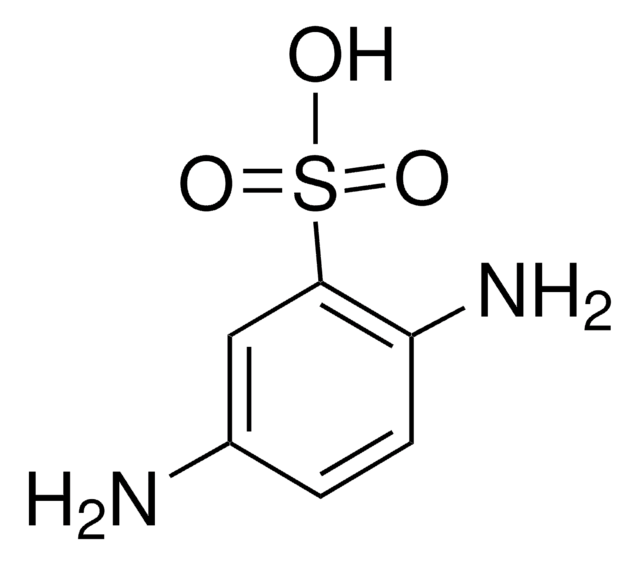
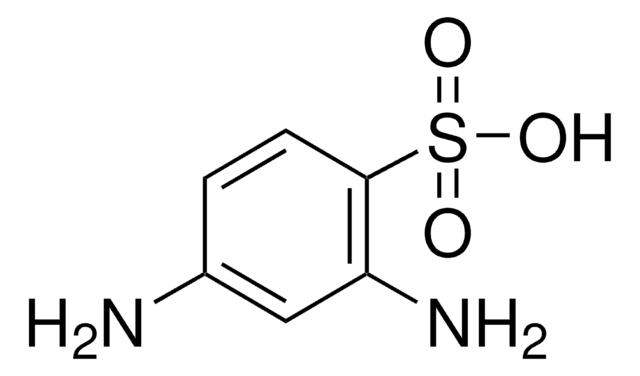
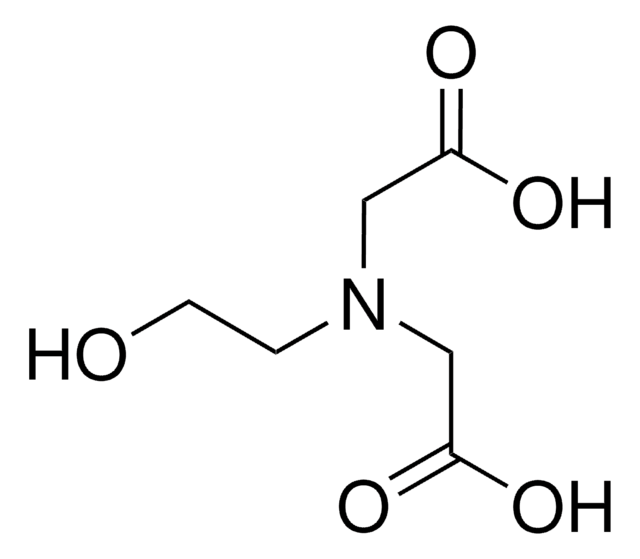
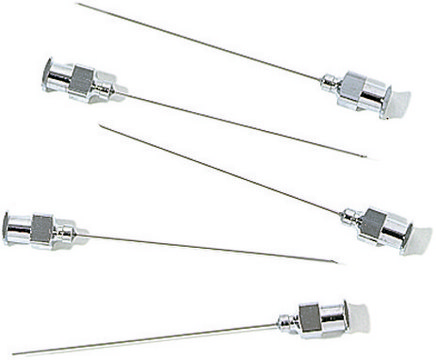
![4,4'-diamino[1,1'-biphenyl]-2,2'-disulfonic acid AldrichCPR](/deepweb/assets/sigmaaldrich/product/structures/132/504/f9fd296f-c246-427d-9118-23f7b80e2be1/640/f9fd296f-c246-427d-9118-23f7b80e2be1.png)

